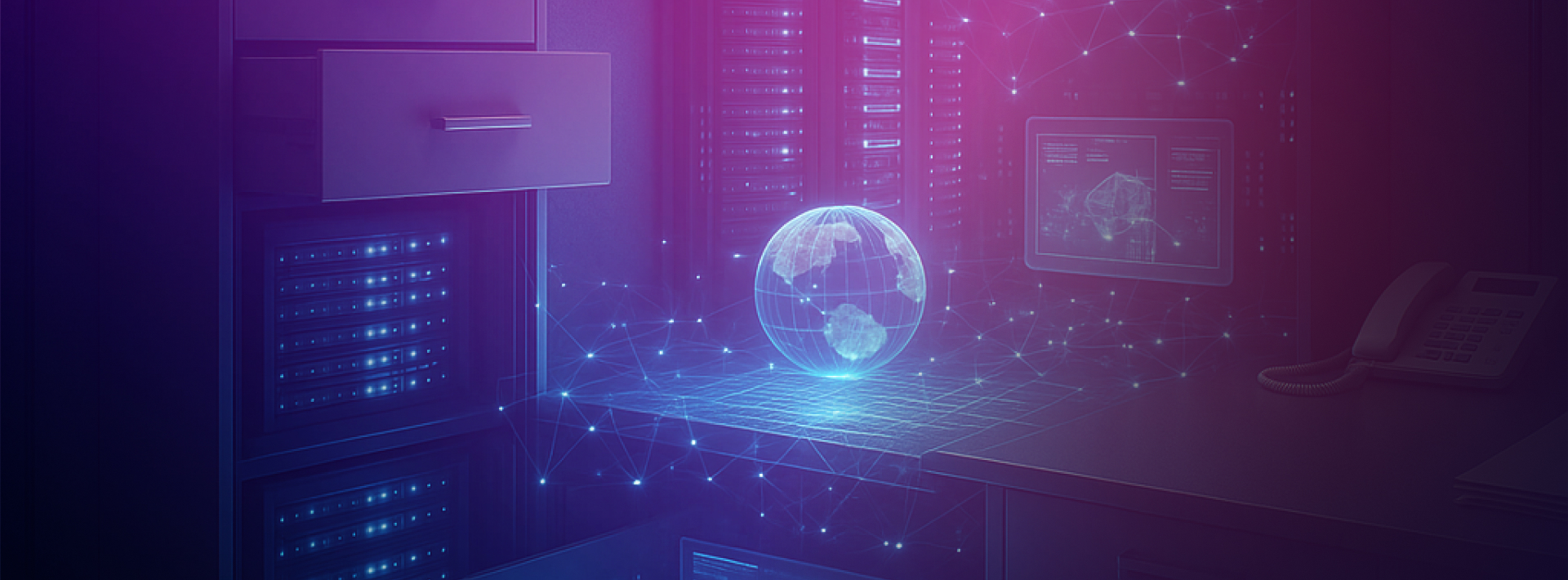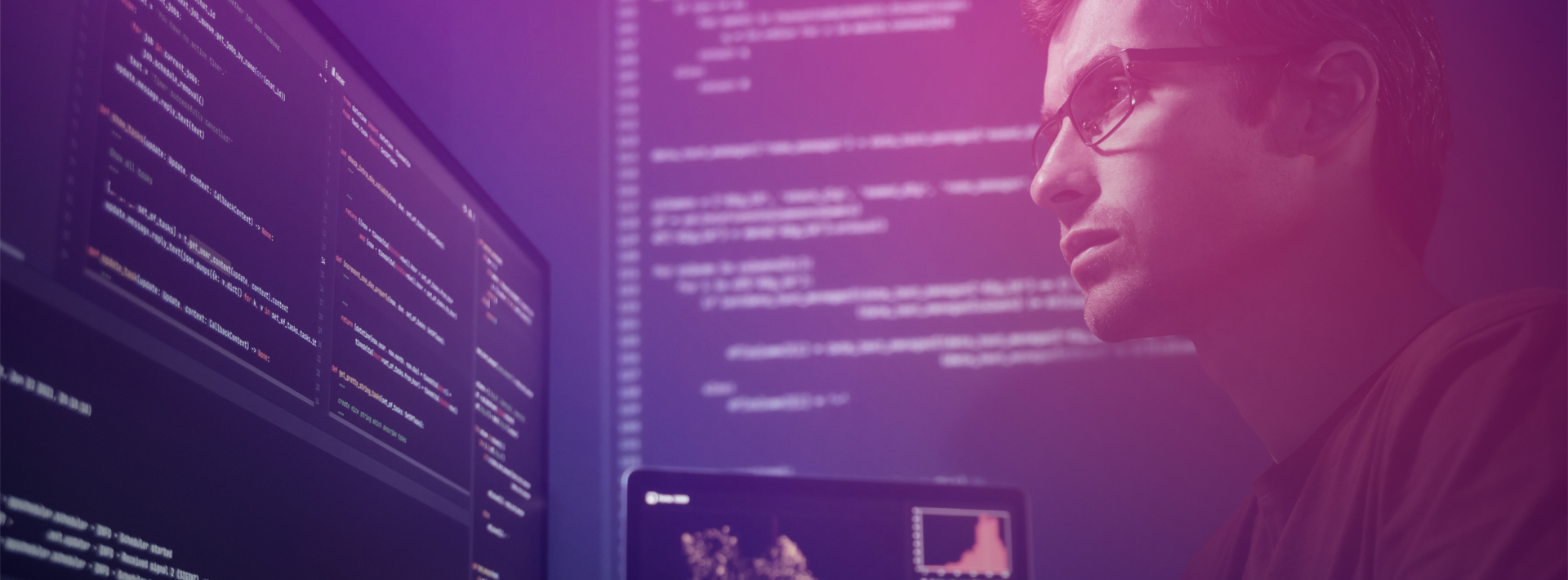The headlines are hard to miss, “AI-powered code generation boosting developer velocity by 30%.” Lines of code written per hour skyrocketing. Teams shipping features faster than ever.
Yet the most significant returns aren’t showing up in those flashy metrics. The real ROI is emerging in places far less glamorous: the work that usually gets postponed, rushed, or quietly skipped.
The Quality Underground
While much attention is placed on code generation speed, something more consequential is happening behind the scenes. AI is proving most valuable when it tackles the tedious but essential work developers often deprioritize.
Test creation. Documentation updates. Boilerplate scaffolding. The quiet foundations of reliable software.
When testing becomes easier, teams actually do it. When documentation updates itself, it actually stays current. Organizations using AI-augmented testing report 50% lower costs and 60% faster test cycles¹. That’s more than efficiency. It’s a shift in quality assurance discipline.
A clear pattern is emerging: the less exciting the task, the greater the AI payoff.
The Multiplier Effect
This is where traditional measurements fall short. Counting lines of code tells us little about stability. Shipping features faster is less impressive if those features fail in production.
By contrast, metrics like test coverage and documentation completeness tell a different story. They reveal AI as a speed accelerator and a quality multiplier.
Some organizations are already seeing dramatic improvements, with test coverage climbing from 60% to 85%, documentation kept current for the first time in years, and edge cases automatically captured.
The takeaway is straightforward. AI makes developers quicker, and it makes the software they build more reliable.
The Tasks That Actually Matter
Consider the flow of software development. Writing business logic is often the easy part. The heavier lift comes in the margins: building robust test suites, maintaining documentation, handling edge cases thoroughly.
These are the tasks that are critical for quality, slow to complete, and frequently sacrificed under pressure. They are also the exact tasks where AI thrives.
Take test generation. Creating comprehensive tests often takes longer than the code itself, demanding developers think through failures and integration scenarios. AI can analyze code patterns, detect gaps, and generate tests that human teams might overlook. The result is not just faster coverage, but broader and more consistent coverage.
The Measurement Revolution
This shift creates an opening to rethink how AI success is measured. Instead of tracking raw velocity, organizations are following quality indicators:
- Test coverage gains. Is automated test generation lifting overall coverage? Are edge cases caught that were previously missed?
- Documentation freshness. Is technical documentation staying aligned with the code base? Are API docs reflecting real changes as they happen?
- Defect reduction. Are fewer bugs reaching production? Is the feedback loop between developers and QA getting shorter?
These indicators surface AI’s true value: not simply producing more code but producing better software.
The Compound Returns
Quality improvements have a different kind of payoff: they compound.
Faster code generation saves time today. Stronger test coverage prevents costly failures tomorrow. Automated documentation will reduce onboarding time next quarter. Better quality controls fuel faster iteration next year.
Measured through this lens, AI’s impact becomes clearer. A 50% drop in production bugs delivers far greater financial benefit than a 50% increase in code generation speed.
The Quality Advantage
Teams focusing here are building something rare: systematic quality improvement woven into the development process itself.
Others may continue to compete on speed, but organizations that compete on reliability are building resilience. They’re lowering technical debt instead of accumulating it. They’re creating the conditions for sustainable experimentation.
Over time, that advantage compounds into a moat that’s hard to cross.
Reframing Success
When the next report touts impressive AI coding velocity, a different question is worth asking, “What is happening to quality?”
Because real AI transformation isn’t about developers typing faster. It’s about software that’s more dependable, because the unglamorous work is finally being done.
Organizations that see this are measuring the right outcomes. They’re finding that the “boring” tasks create the most durable advantages. Those are often the ones that matter most when customers decide whose product they trust.
The pace of AI change can feel relentless with tools, processes, and practices evolving almost weekly. We help organizations navigate this landscape with clarity, balancing experimentation with governance, and turning AI’s potential into practical, measurable outcomes. If you’re looking to explore how AI can work inside your organization—not just in theory, but in practice—we’d love to be a partner in that journey. Request a strategy session.
Sources:
- Unisys, ROI of Generative AI in Software Testing, 2024









